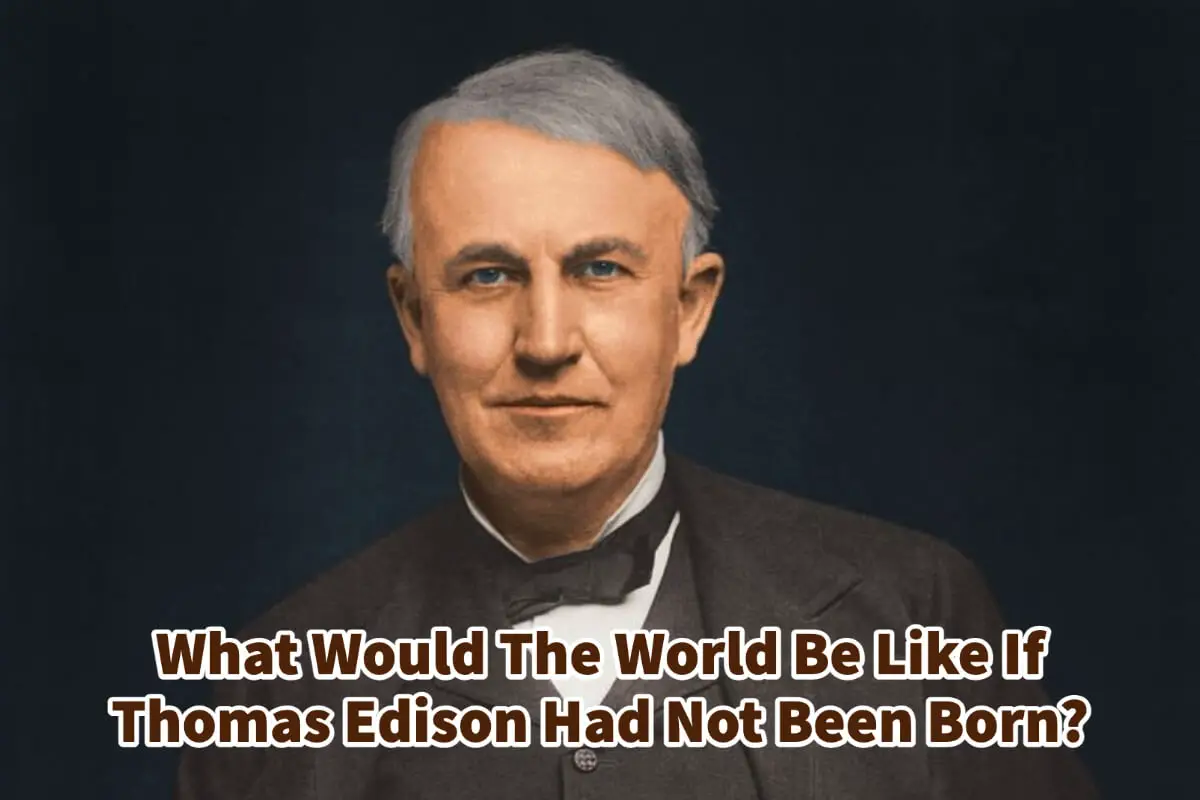One of the greatest inventors of all time is Thomas Edison. We cannot underestimate all the ways that Thomas Edison changed and improved the world we now live in.
Thomas Edison was one of history’s greatest inventors. His contributions to the world were extraordinary and unquestionably changed the course of humanity in innumerable ways. The concept that someone or something could be integral in shaping our present reality is remarkable and daunting. Without Thomas Edison, we take many things for granted, such as lightbulbs and the motion picture—electric motors and batteries.
Read on to learn why Thomas Edison is so important to us all and all the many things he helped to invent or improve.
Table of Contents
- Why Is Thomas Edison So Important To Us Today?
- The Top 10 Things Thomas Edison Invented And Developed
- Thomas Edison – Developed And Patented The Phonograph In 1877
- Thomas Edison Improved The Electric Light Bulb
- Thomas Edison And Creating The First Commercial Power Plant
- Thomas Edison And Inventing An Electric Motor
- Thomas Edison And The Pioneering Of The Motion Picture Camera
- Thomas Edison And His Developing An Alkaline Storage Battery
- Thomas Edison And His Creating A Movie Projector
- Thomas Edison And His Developing A Microphone
- Thomas Edison And The Creating A Remote Control
- Thomas Edison And The Founding Of General Electric
- Related Content
Why Is Thomas Edison So Important To Us Today?
Thomas Edison is one of history’s most influential figures, and his impact and contributions to modern life are undeniable. From pioneering the first incandescent light bulb over a century ago to laying the groundwork for today’s electrical grids, he revolutionized how people view technology in unprecedented ways.
Everyone knows his name or has heard of him no matter who you ask – engineers, inventors, product developers, or everyday consumers. Thomas Edison is an essential part of modern society because of how he changed society, even for us today.
Anyone creating, developing, or manufacturing products should understand that Thomas Edison showed us what it means to be a trailblazer in inventions. That is why Thomas Edison is known as one of the most prolific inventors ever. Thomas Edison is estimated to have held about 1,093 patents to his name.
He was also a savvy businessman and entrepreneur who impacted almost every aspect of modern society, from communication, transportation, and entertainment to industry, healthcare, and human rights.
The Top 10 Things Thomas Edison Invented And Developed
Thomas Edison was a genius and an innovator who changed the world in countless ways. He is credited with inventing the phonograph, pioneering long-distance communication through the invention of stock ticker tape machines, developing an improved lightbulb, and much more!
These ten Thomas Edison inventions and discoveries prove why Thomas Edison is considered one of history’s most outstanding scientists – and why he revolutionized modern society nearly 150 years ago.
The top ten things Thomas Edison did that are still relevant to us today include:
Thomas Edison – Developed And Patented The Phonograph In 1877
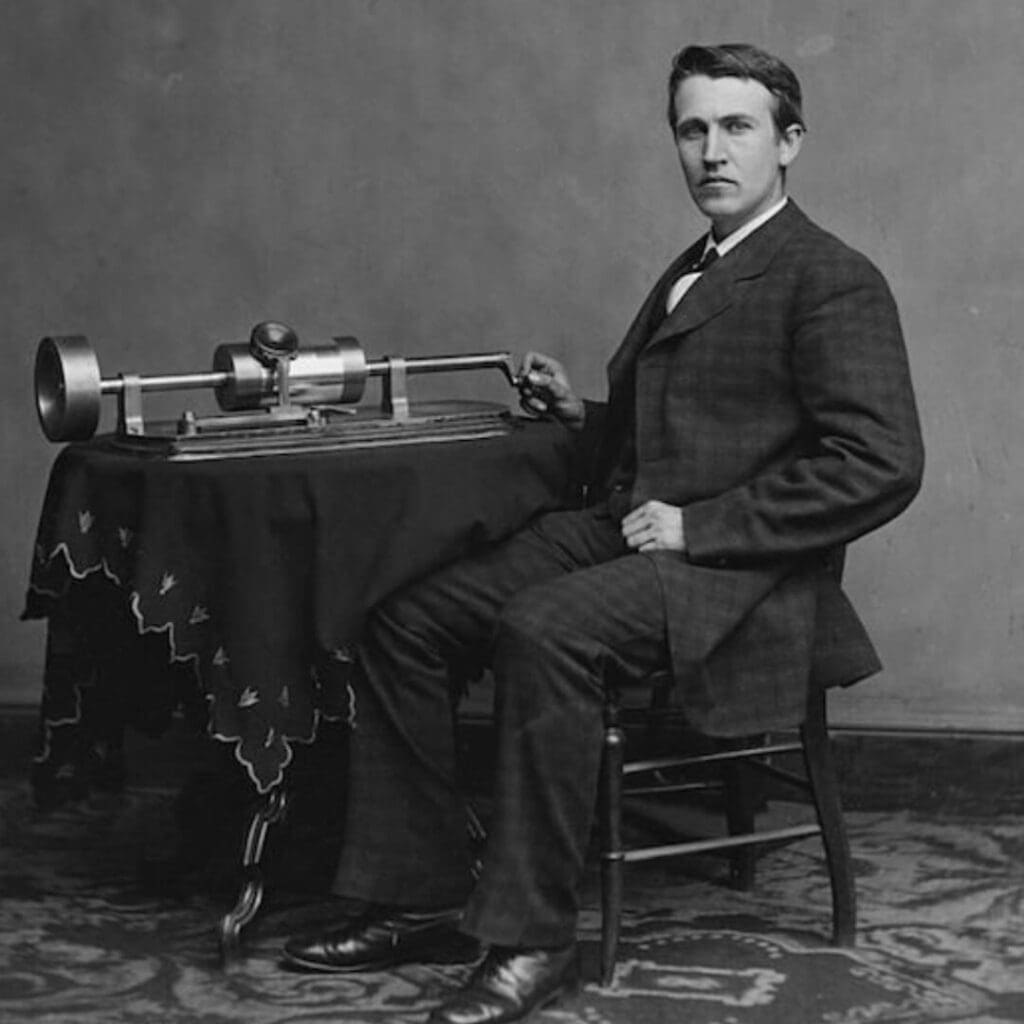
This invention of the phonograph in 1877 revolutionized the way people listened to music and recorded sound. It was an essential tool for recording and broadcasting news, speeches, and entertainment, creating a new form of media consumption.
Today many of our recordings, music, and other forms of entertainment are possible because of this invention.
Thomas Edison Improved The Electric Light Bulb
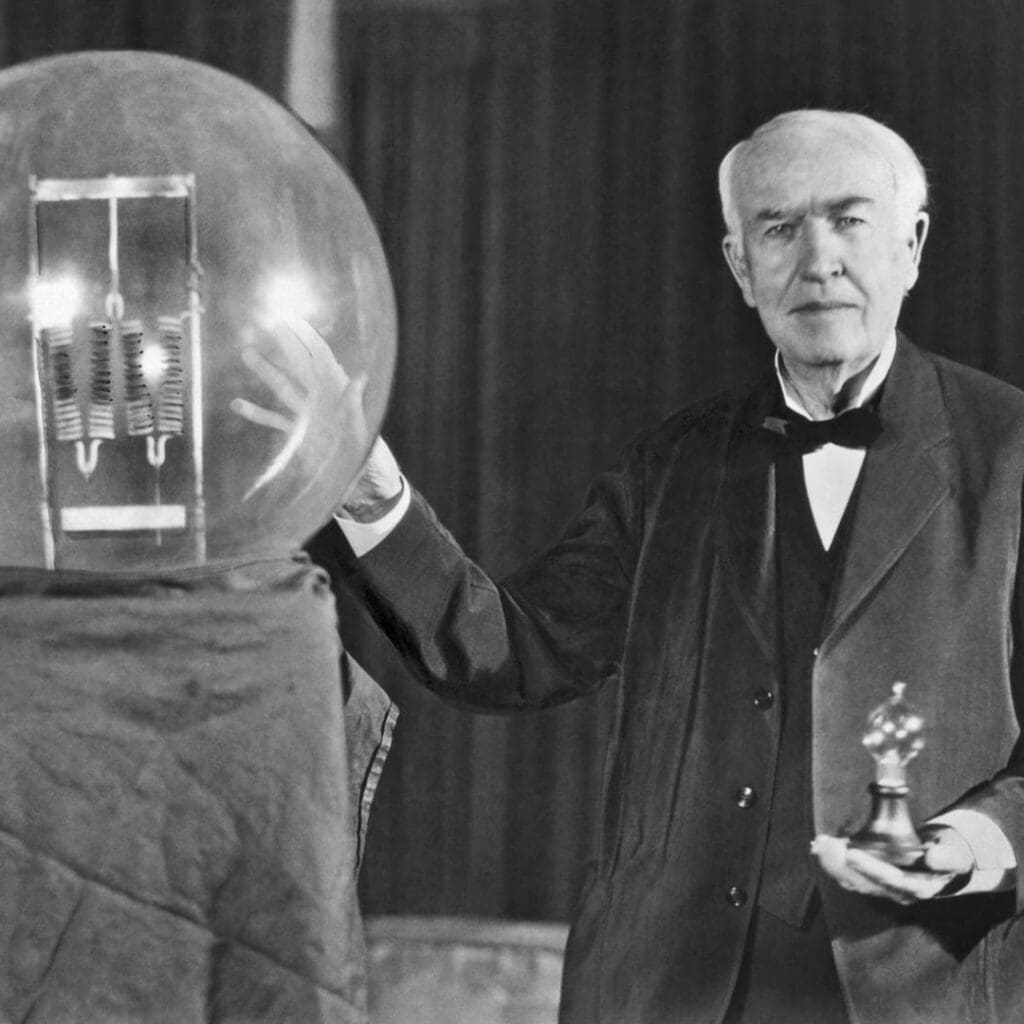
Edison’s improved electric light bulb, patented in 1880, was much brighter and longer-lasting than previous designs. He improved the filament used in the lightbulb, glass, and socket.
His improvements ensured that the lightbulb was easy to change, so an incandescent light bulb is often called an Edison bulb. This improvement led to the widespread use of electricity in homes and businesses for lighting.
Thomas Edison And Creating The First Commercial Power Plant
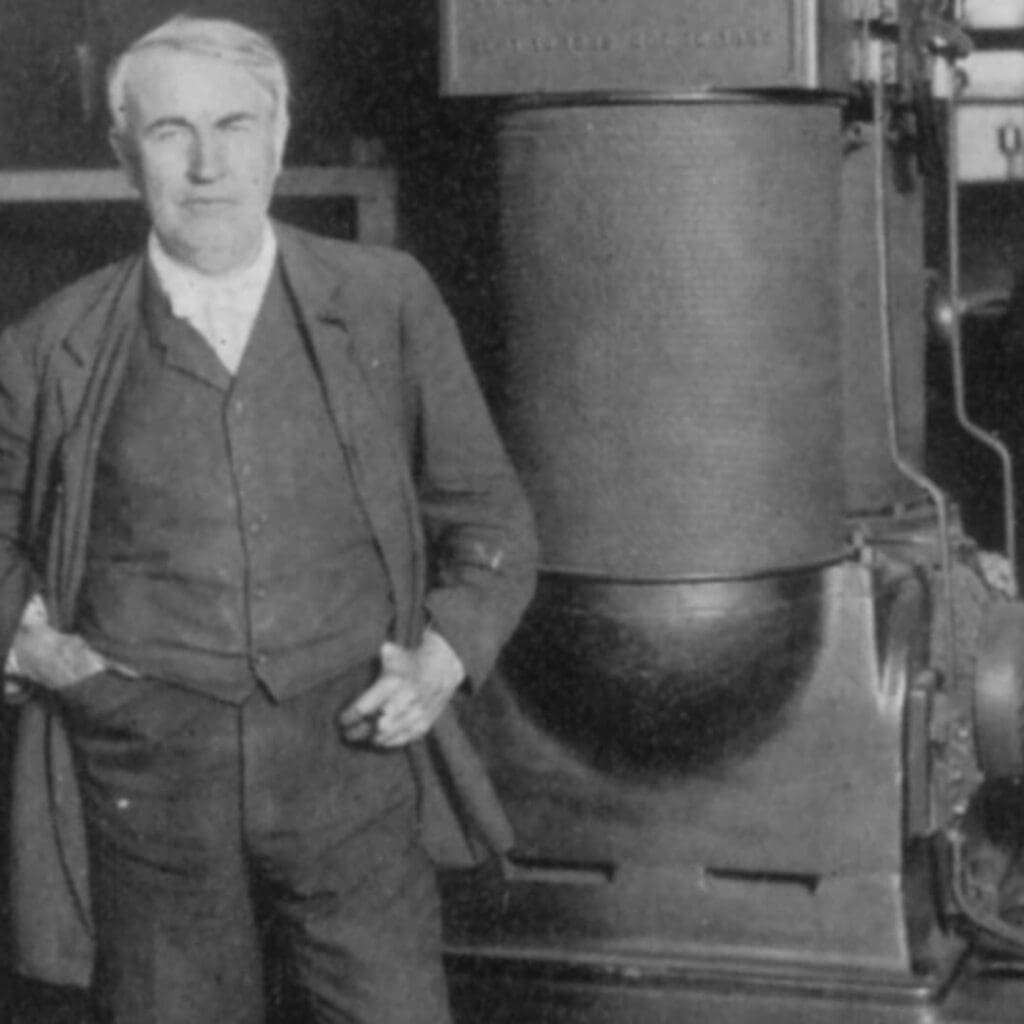
In 1882, Edison opened the world’s first commercial electrical power plant in New York City. This allowed businesses and homes to be connected to a reliable source of electricity and paved the way for further advancements in modern electrical power plant technology.
Thomas Edison And Inventing An Electric Motor
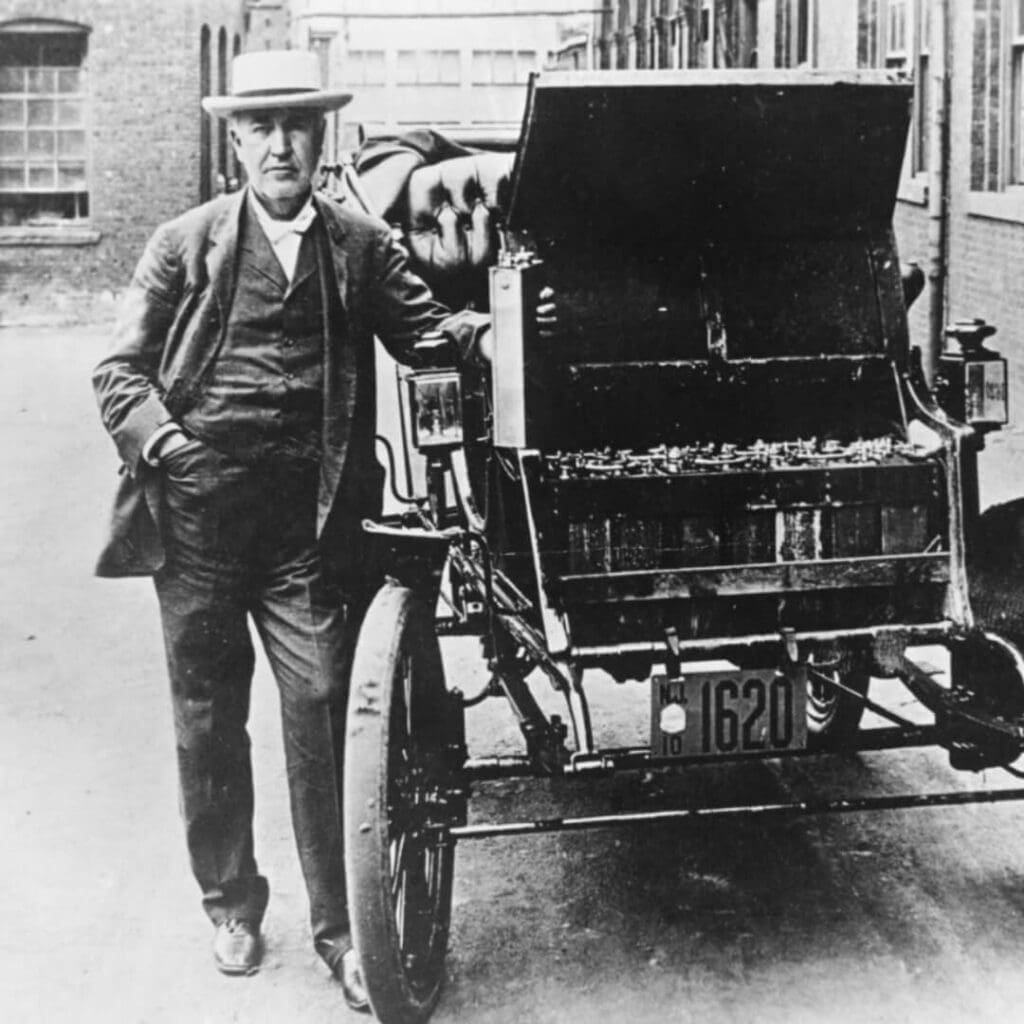
Thomas Edison’s electric motor powered many machines, from fans and pumps to vehicles like cars and trains. This helped revolutionize transportation and industry.
Thomas Edison And The Pioneering Of The Motion Picture Camera
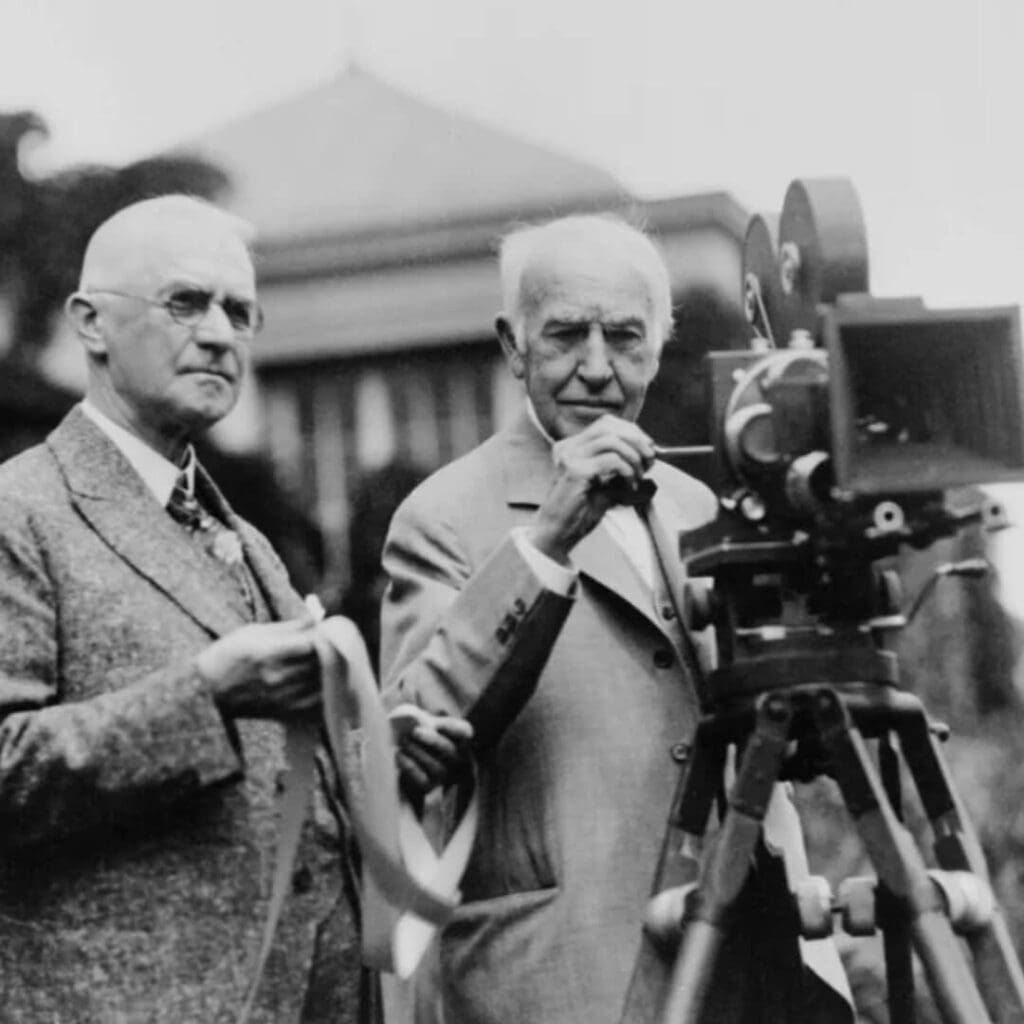
Edison’s Kinetograph, patented in 1891, was the first motion picture camera to be used for filmmaking. This made capturing and showing moving pictures possible, creating the foundation for modern cinema and television production.
Thomas Edison And His Developing An Alkaline Storage Battery
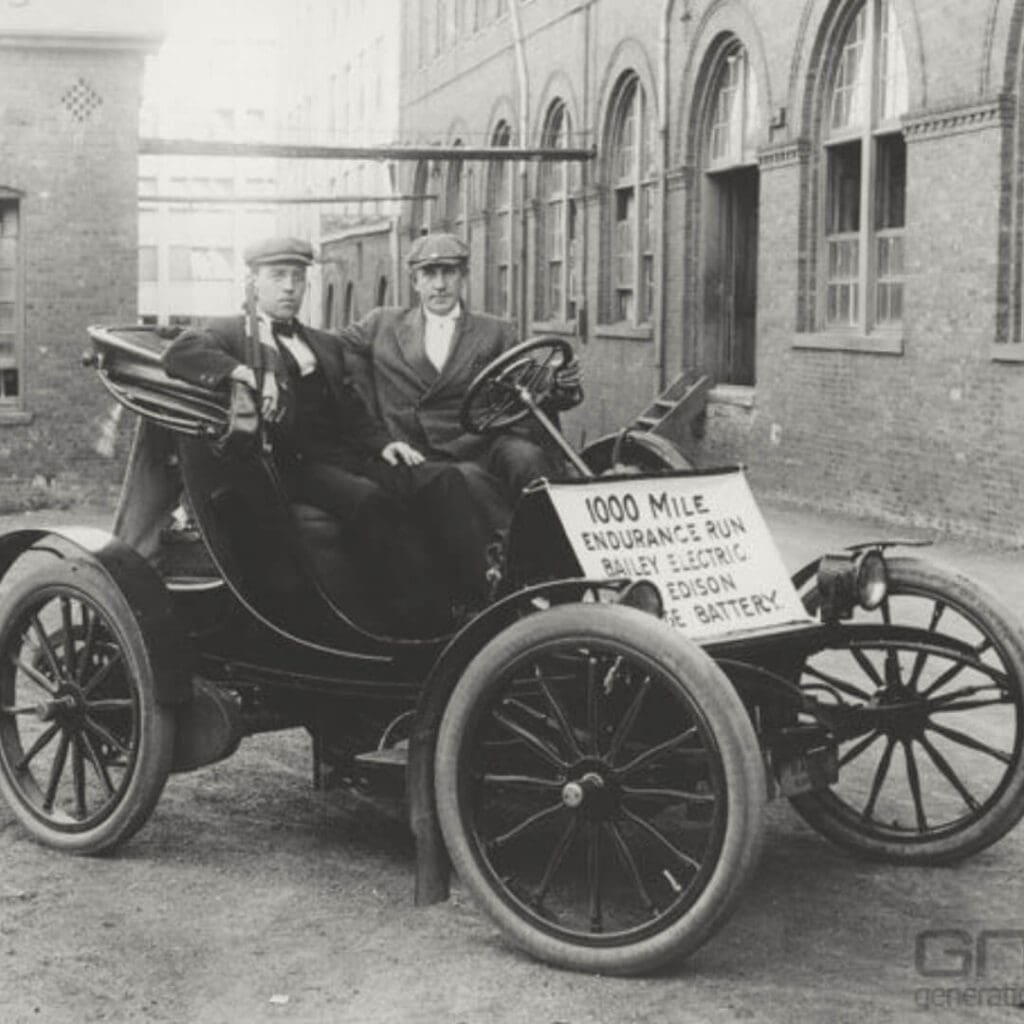
Edison’s alkaline storage battery was the first of its kind and paved the way for modern batteries used in consumer electronics like mobile phones and laptops.
Thomas Edison And His Creating A Movie Projector
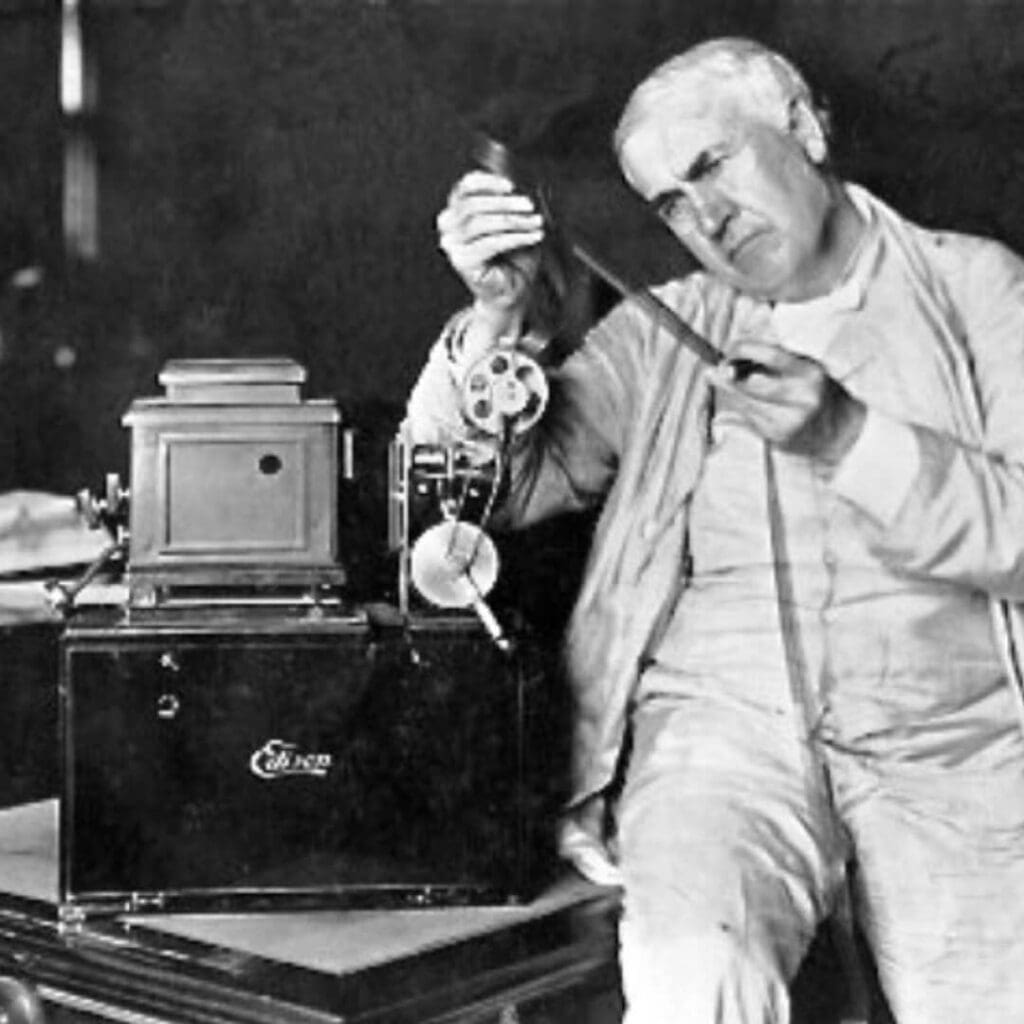
Edison’s Kinetoscope also projected motion pictures onto a screen, allowing people to watch films as a group rather than individually. This invention revolutionized the entertainment industry.
Without Thomas Edison, we would not be able to enjoy movies the way we can today.
Thomas Edison And His Developing A Microphone
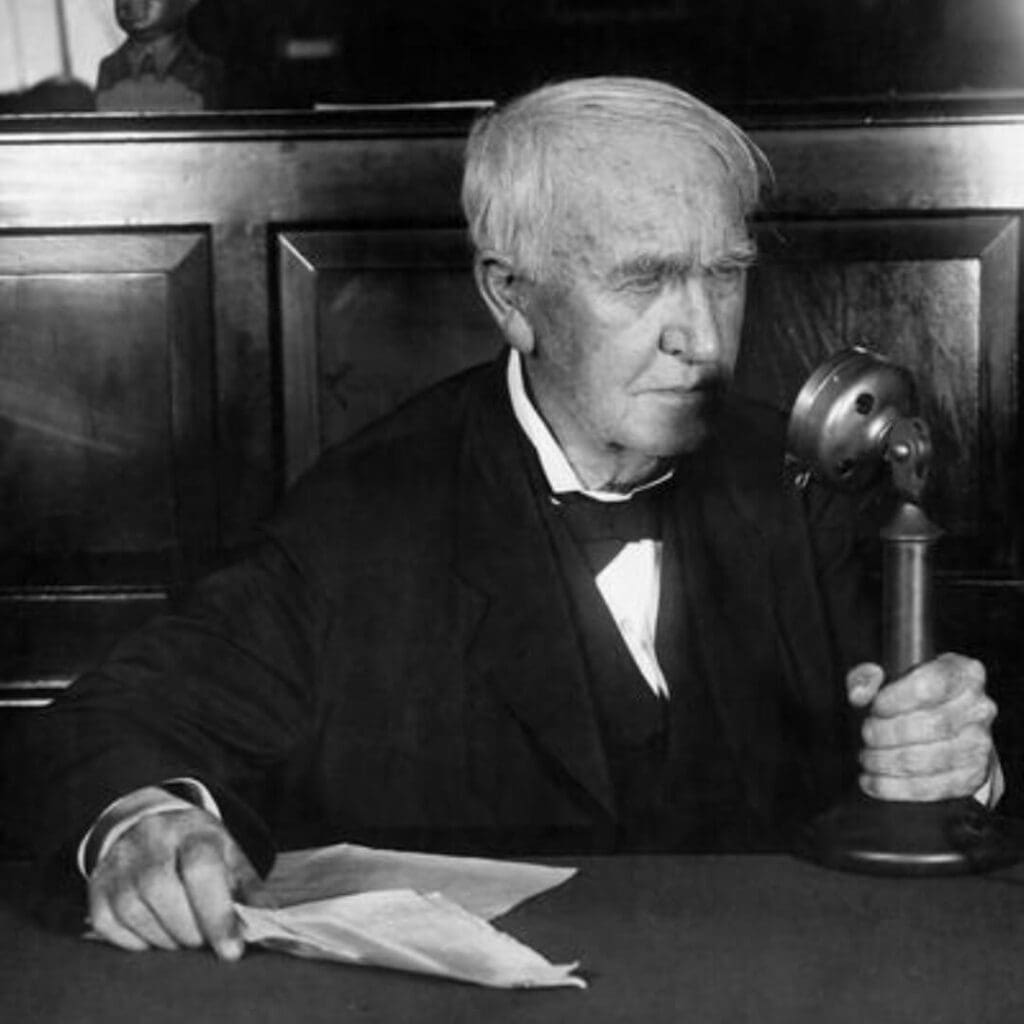
Thomas Edison’s carbon microphone allowed sound to be transmitted over long distances, making telephones and radio broadcasting possible. It also made recording sound easier and less expensive than ever before.
Thomas Edison And The Creating A Remote Control
Edison’s automatic telegraph system used radio signals to remotely control a device, making it the first remote control in history. This laid the groundwork for modern home automation and robotics.
Without Thomas Edison, we may not know remote controls as we do today.
Thomas Edison And The Founding Of General Electric
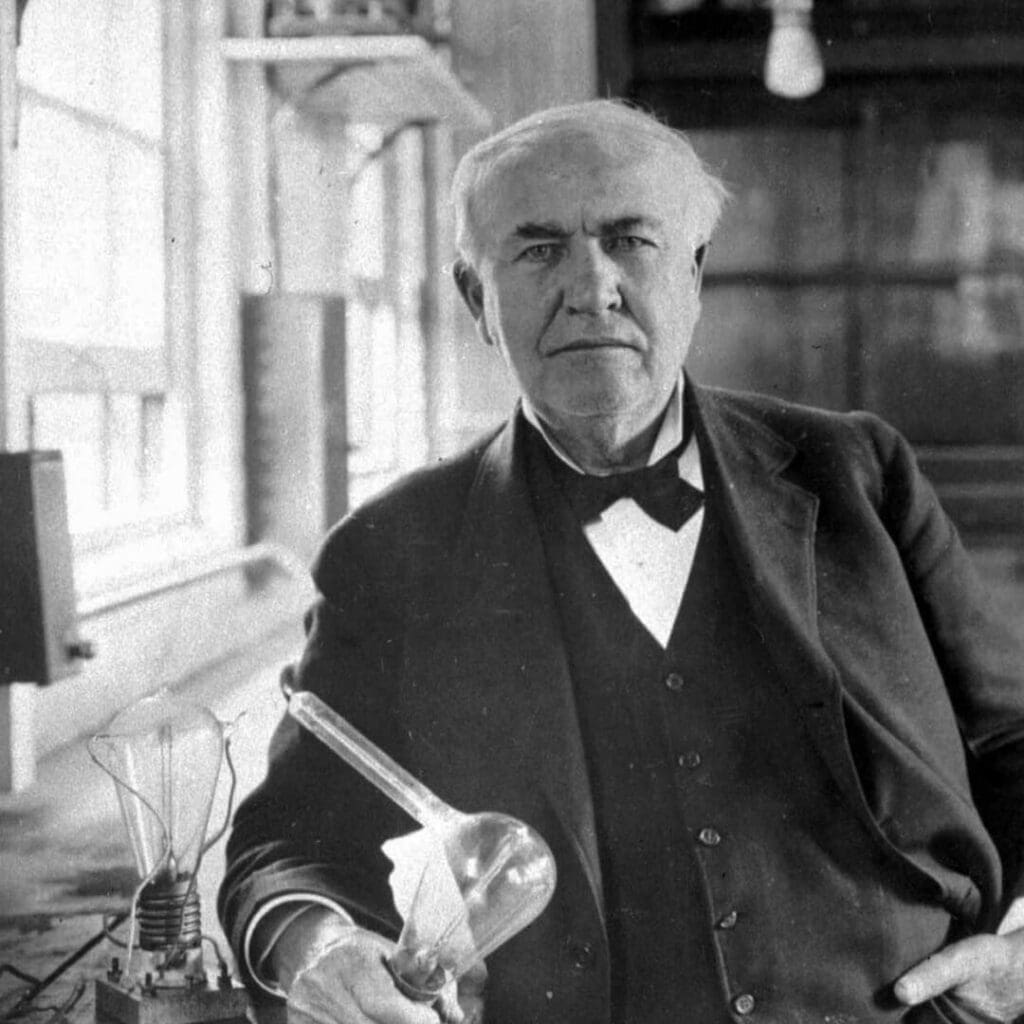
Thomas Edison founded the General Electric Company in 1892 to mass-produce his inventions and to make them available to consumers. This helped popularize electricity and paved the way for further developments in technology.
These are just some of the things Thomas Edison did in his life that still impact society today. His inventions and innovations helped usher in a new era of modern technology, allowing people to communicate, travel and entertain themselves in ways they never thought possible.
Thomas Edison was a visionary inventor and entrepreneur who had an immense impact on the world we live in today. His inventions revolutionized communication, transportation, entertainment, and industry, laying the groundwork for countless modern technologies. Without him, the world would be a very different place.
If you are interested in seeing how Mondoro can help you with your home furniture or home decor products – we would love to talk to you about how we can help you.
Find out more about how Mondoro can help you create, develop, and manufacture excellent home decor and furniture products – don’t hesitate to contact me, Anita. Check out my email by clicking here or become a part of our community and join our newsletter by clicking here.
Mondoro gives out a FREE Lookbook to anyone interested. You can receive a copy of our latest Lookbook by clicking here.
Listen to our Podcast called Global Trade Gal. You can find it on all major podcast platforms. Try out listening to one of our podcasts by clicking here.
Subscribe to our Mondoro Company Limited YouTube Channel with great videos and information by clicking here.
Related Content
What Is The Difference Between LED, CFL, and Incandescent Light Bulbs?
Incandescent Light Bulb is the light bulb that most of us call a standard lightbulb or the lightbulb Edison invented. CFL is also known as a Compact Fluorescent lightbulb, and, as the name implies, a compact fluorescent light bulb. LED is a light bulb that uses light-emitting diodes.
You can learn more by reading What Is The Difference Between LED, CFL, and Incandescent Light Bulbs? by clicking here.
What Is The Standard Light Bulb Base?
The standard light bulb base is E-26. The E-26 light bulb base must use an E-26 socket; you will find an E-26 socket on many tables and floor lamps sold in the United States. The E-26 socket is also known as the standard socket. Besides the E-26 lamp holder socket, the other significant U.S. socket types are E-12, E-19, and E-39.
You can learn more by reading What is the Standard Light Bulb Base? Different E -Socket Types by clicking here.
How Do You Make A Bamboo Lamp Shade?
To manufacture or make bamboo lampshades, you need to 1) properly prepare the bamboo materials, 2) build a metal frame, 3) wrap the metal frame, 4) secure the bamboo onto the metal frame, 5) spray color on top of the bamboo shade if you desire the lampshade to be a color other than natural and 6) spray a top coat on the entire shade to protect the bamboo shade’s finish.
You can discover more at How Do You Make A Bamboo Lamp Shade? All About Bamboo Lampshades by clicking here.

